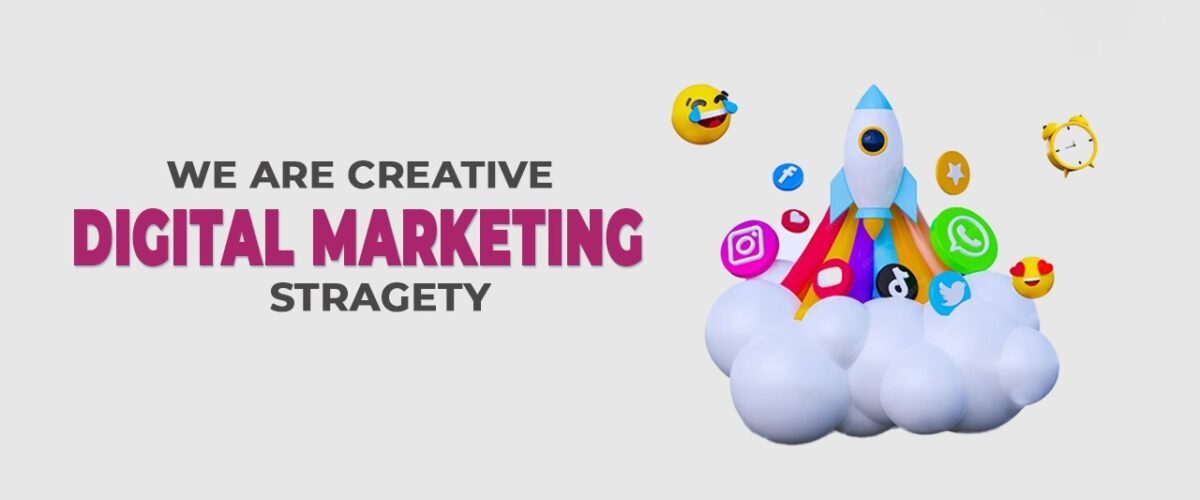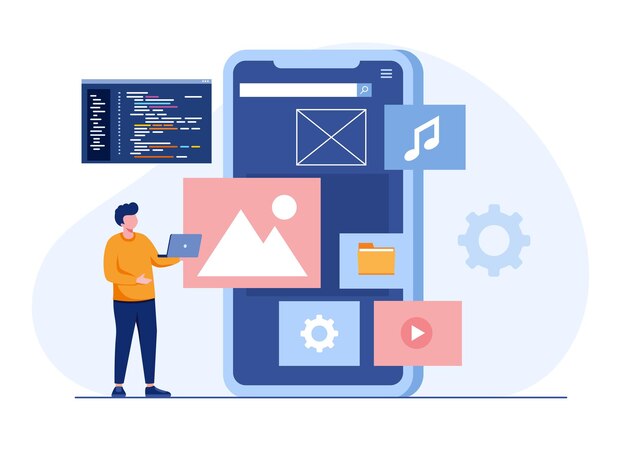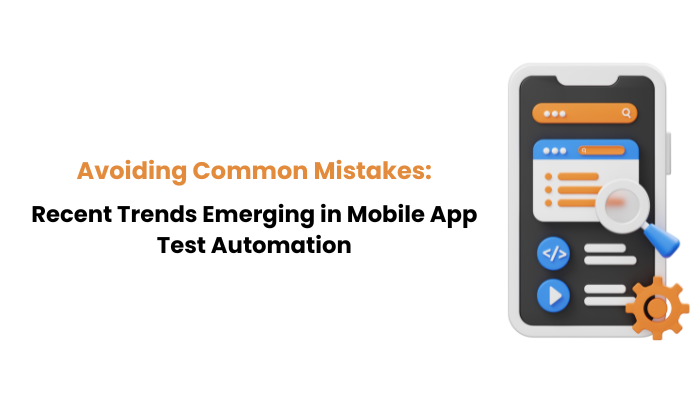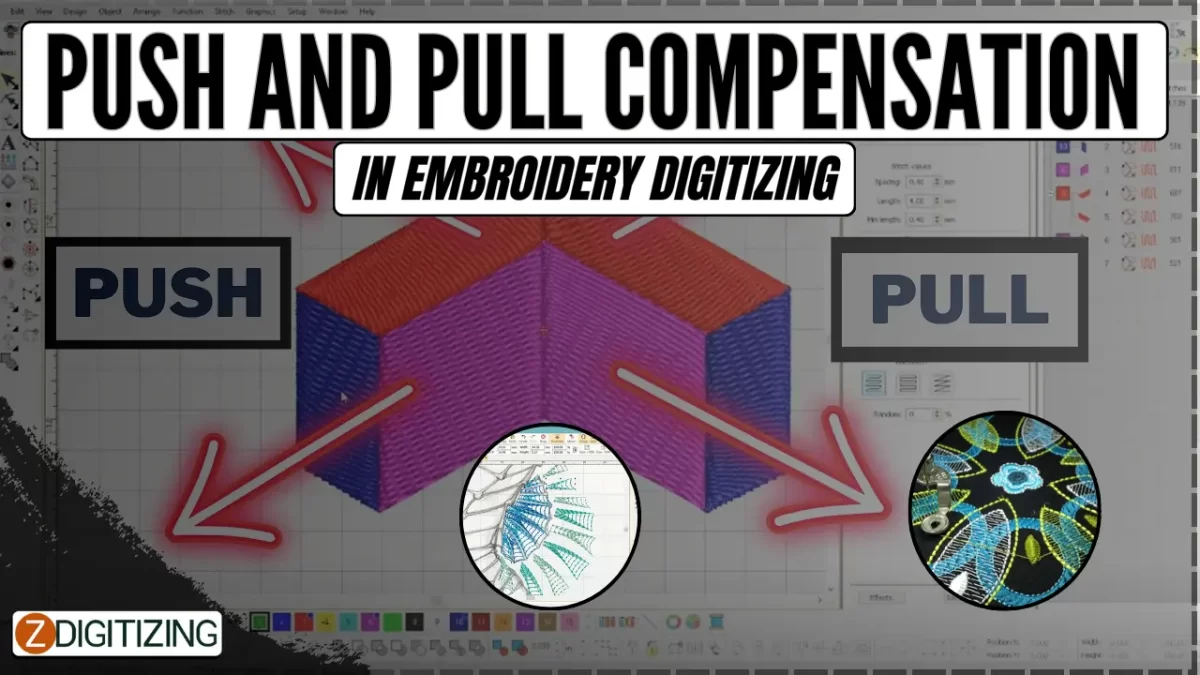Harnessing AR/VR: Transforming training and development
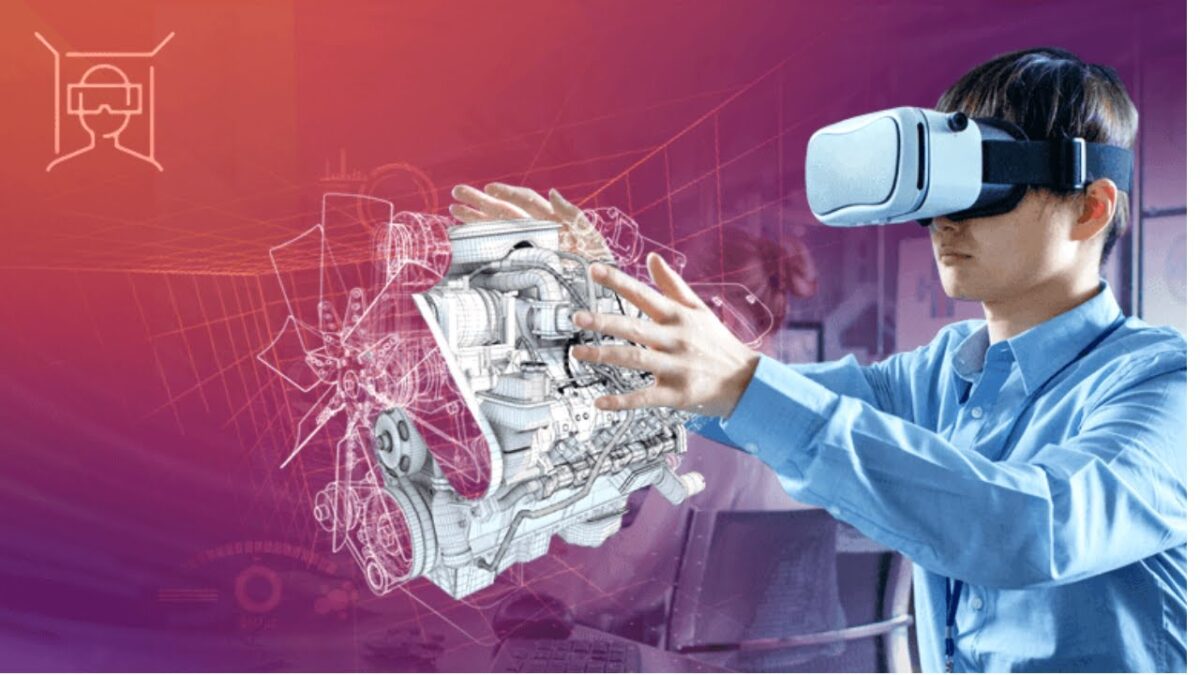
Technologies like Virtual reality (VR) and Augmented Reality (AR) are catalyzing a broad-scale change in many industries, and their influence on training and development is tremendous. Starting from improving learning and creating engaging simulations to changing the traditional paths of new skills and knowledge obtained, AR and VR are enjoying greater popularity in educational practices. The demand for successful and result-oriented learning processes has increased, and AR and VR courses online become the most significant educational means for the contemporary world.
Enhancing learning experiences with virtual reality
It is not possible for traditional methods to offer a hands-on learning experience that is as good as what virtual reality does by immersing users in simulated environments. In training and development, Virtual reality in training and development allows learners to interact with complicated situations within safe confines thereby enabling them to rehearse skills or carry out procedures without any real-world repercussions. This feature of VR enhances deep involvement and retention because students participate in their learning process directly. Also, VR simulations can be personalized to fulfil particular teaching objectives thus giving each learner the individualized training experience he/she needs. So, VR has become an invaluable tool in training and development, providing a dynamic and effective approach to skills acquisition and transfer of knowledge.
Practical skill acquisition
AR and VR online courses cater for different industries; starting from healthcare to manufacturing by offering practical simulations akin to real life. For instance, virtual operating rooms can serve as the perfect setting for medical students to learn how to perform surgeries thereby enabling them to make improvements in their techniques before they are exposed to real patients. Similarly, engineers can utilize a VR machine troubleshooting system to polish their ability to think through problems without risking physical damage. This is because AR and VR training can be used outside the conventional classroom settings providing learners with an opportunity to acquire field experience irrespective of where they reside or whether they have access to tangible resources. With industries still adopting these cutting-edge technologies, the demand for AR VR courses online will continue growing thus promoting further advancements in terms of training methodologies.
Adaptive learning paths
AR and VR technology offer tailor-made learning experiences that are dependent upon individual advancement and preferences. With the help of sophisticated algorithms, web-based courses can adjust to student performance by offering more support or stretching it a bit. This type of customization guarantees that each learner gets adequate assistance in grasping new ideas. Through analysis of user interactions and performance data, AR and VR platforms can adjust content delivery and pacing as well as levels of difficulty to suit different learning styles and capacities. Rather than encouraging engagement and motivation, this adaptive model also addresses learners’ specific needs at any moment leading to improved learning outcomes. Thus, online AR/VR courses provide an active and flexible platform for continuous improvement in skills development.
Remote collaboration and training
Virtual reality (VR) could be a workable way for collaborative training regardless of location with the rise in remote work. Teams using AR/VR platforms can meet up in virtual space, interact with digital content together and engage in immersive training activities. This capacity makes it easy to work together and share information even when your team is located in different parts of the world. Virtual reality creates a presence among people and helps them feel engaged during training sessions as if the latter were conducted face-to-face. With the help of VR, organizations can maintain uniform training for all their employees globally regardless of where they are situated on this planet, thus creating a cohesive workforce with a common skill set.
Merging virtual and real worlds
AR merges virtual and real-world information enabling interactive experience. In educational practice, AR assists in better understanding through the presentation of contextual details, interactive simulations, and immediate feedback. Thus, AR provides an opportunity for active learning by involving users directly in applications that illustrate some concepts about objects or phenomena thereby attaching specific meanings to them. Putting additional content on top of existing items or spaces human beings inhabit, makes education more engaging by allowing people to see things from a practical perspective. The way it is extremely perplexing that leads to the further depth of knowledge as well as the betterment of long term memory has made AR become an imperative part of today’s education and training.
Contextual learning support
With AR, contextual information is overlaid onto physical objects or environments to provide on-the-job training support. For instance, maintenance technicians can use AR-equipped smart glasses to access equipment manuals and troubleshooting guides while performing repairs. This enables them to obtain relevant data without removing their concentration from their work thus; they become more efficient in their tasks hence reducing downtime. As a result, workers are more productive and accurate because they receive real-time guidance and context within the work environment therefore improving the quality of output. Consequently, digital content embedded within physical tasks helps expedite learning as well as bettering job performance ultimately driving operational excellence and business success.
Interactive learning modules
The use of AR technology in these modules makes them interactive by demonstrating things and simulating events. An example is that by using AR apps, language learners can practice their vocabulary in real-life situations like labelling items around them in foreign languages. In this respect, an interactive approach leads to active involvement and a better understanding of learning resulting in proper audience attention.
Real-time performance feedback
This feedback loop can be used for instant performance analysis through augmented reality technology as it helps students hone skills simultaneously with required actions. For example, sellers can utilize AR applications to virtually interact with customers, and get feedback concerning their marketing delivery and product knowledge. This mechanism of immediate backward information puts the learners on the fast track to becoming fully developed professionals due to the constant improvements they are making each time they use the system. The analysis of both user engagement and achievement data enables AR systems to give custom-made suggestions for enhancing one’s personal aptitude areas while at the same time maintaining strengths. Such tailored approaches help improve learning outcomes thus providing trainees with continual support and reinforcement for developing competency levels.
Embracing AR and VR: the future of training and development
With the rise of technology, the importance of AR and VR in training and development will continue to increase. These immersive technologies offer incomparable opportunities for experiential learning, personalized instruction, and remote collaboration. TREZI, a prominent provider of AR and VR solutions, is leading this transformation by offering cutting-edge platforms for online course delivery. To keep up with changing workforce demands, organizations need to incorporate TREZI’s AR and VR courses online into their training programs. TREZI’s groundbreaking method of immersive learning enables entities to provide exciting and efficient training that contributes to their success in today’s dynamic business environment.






